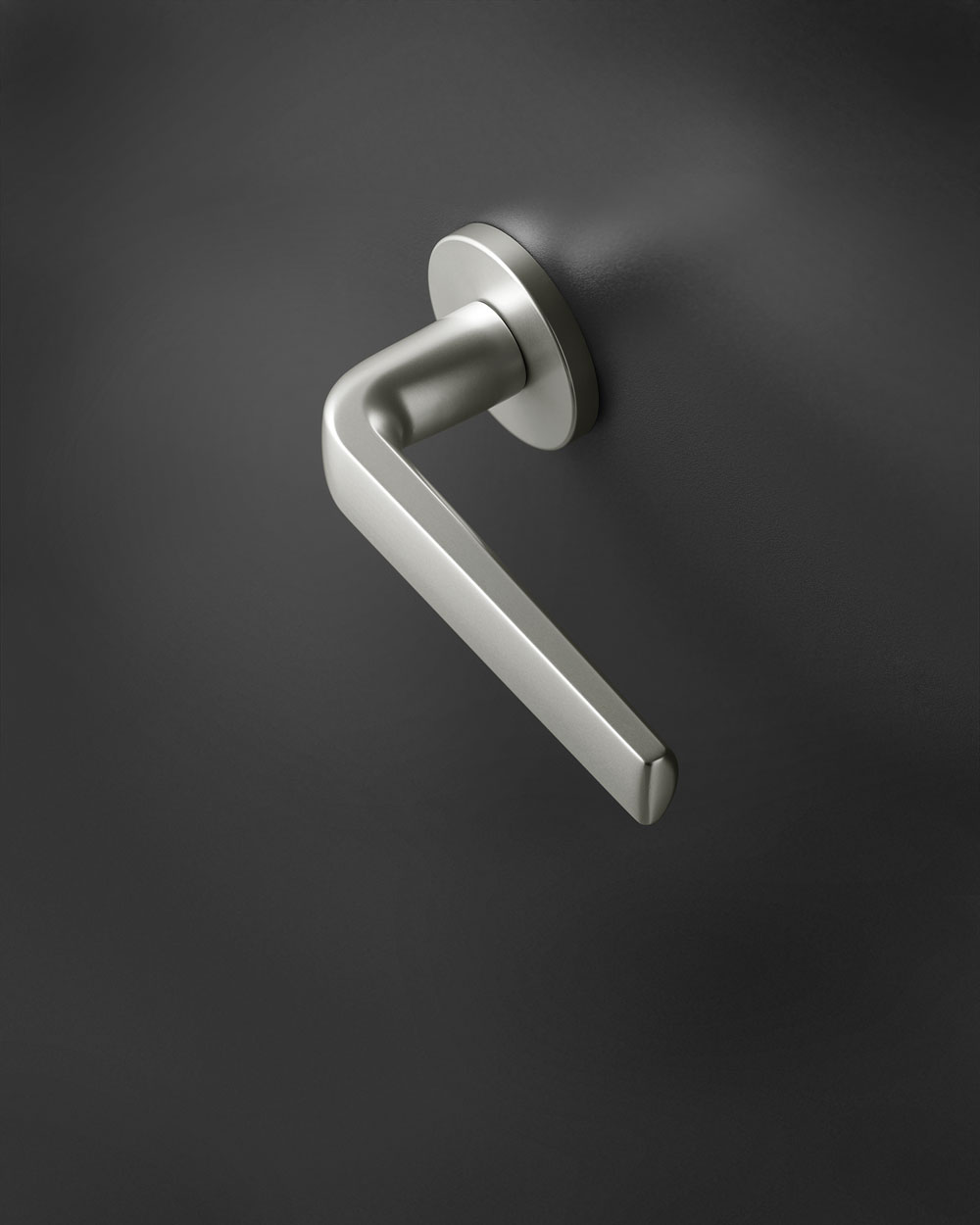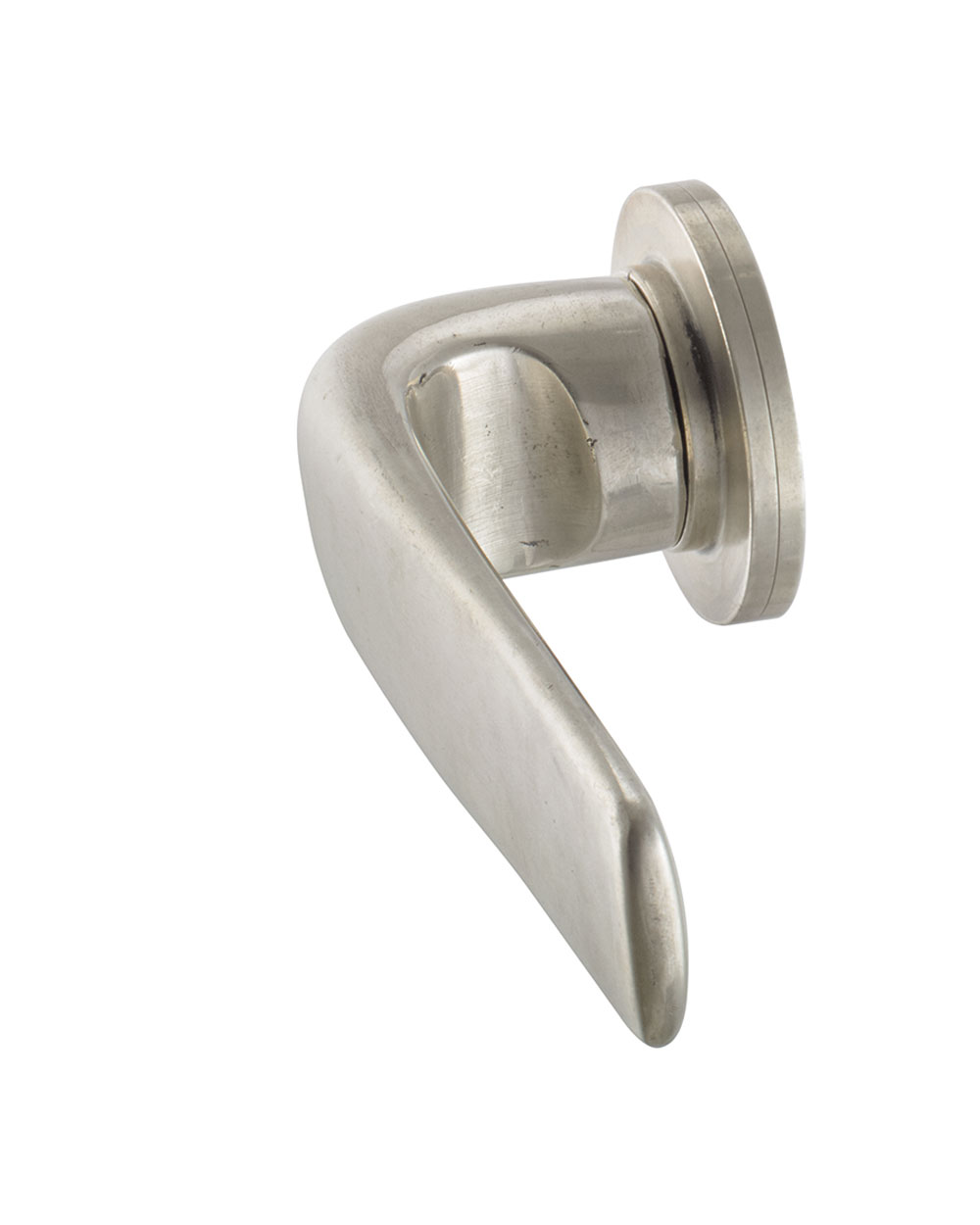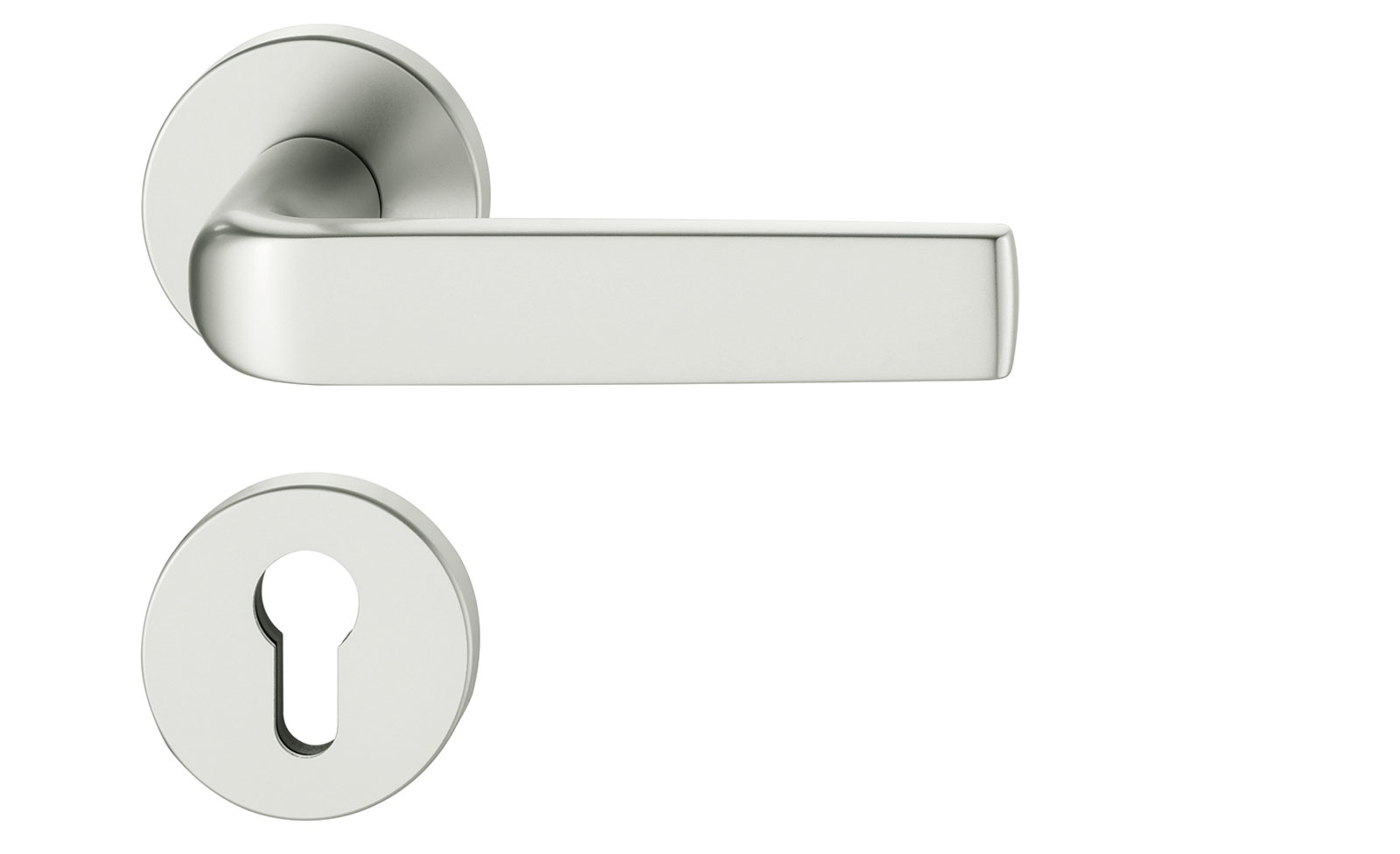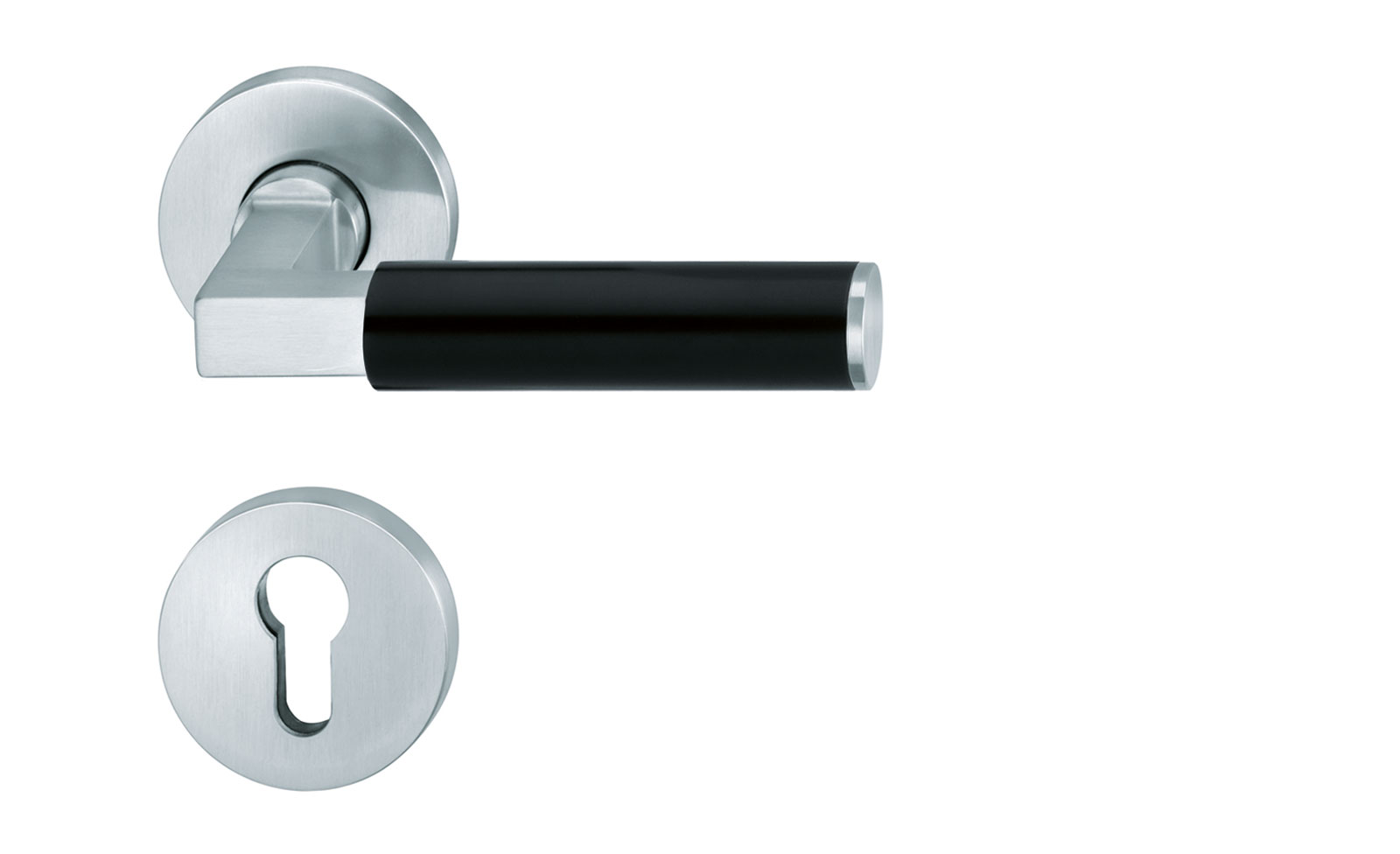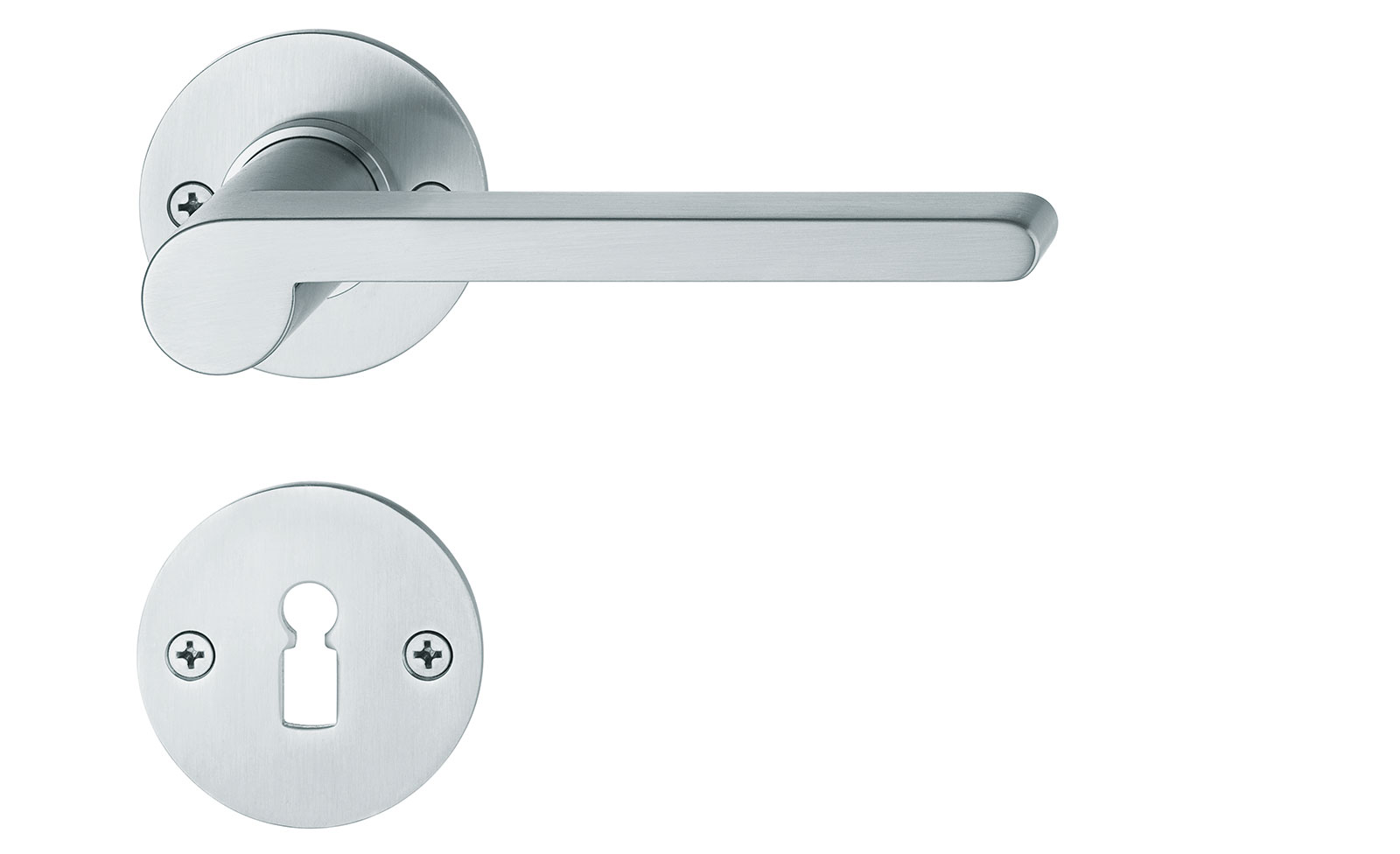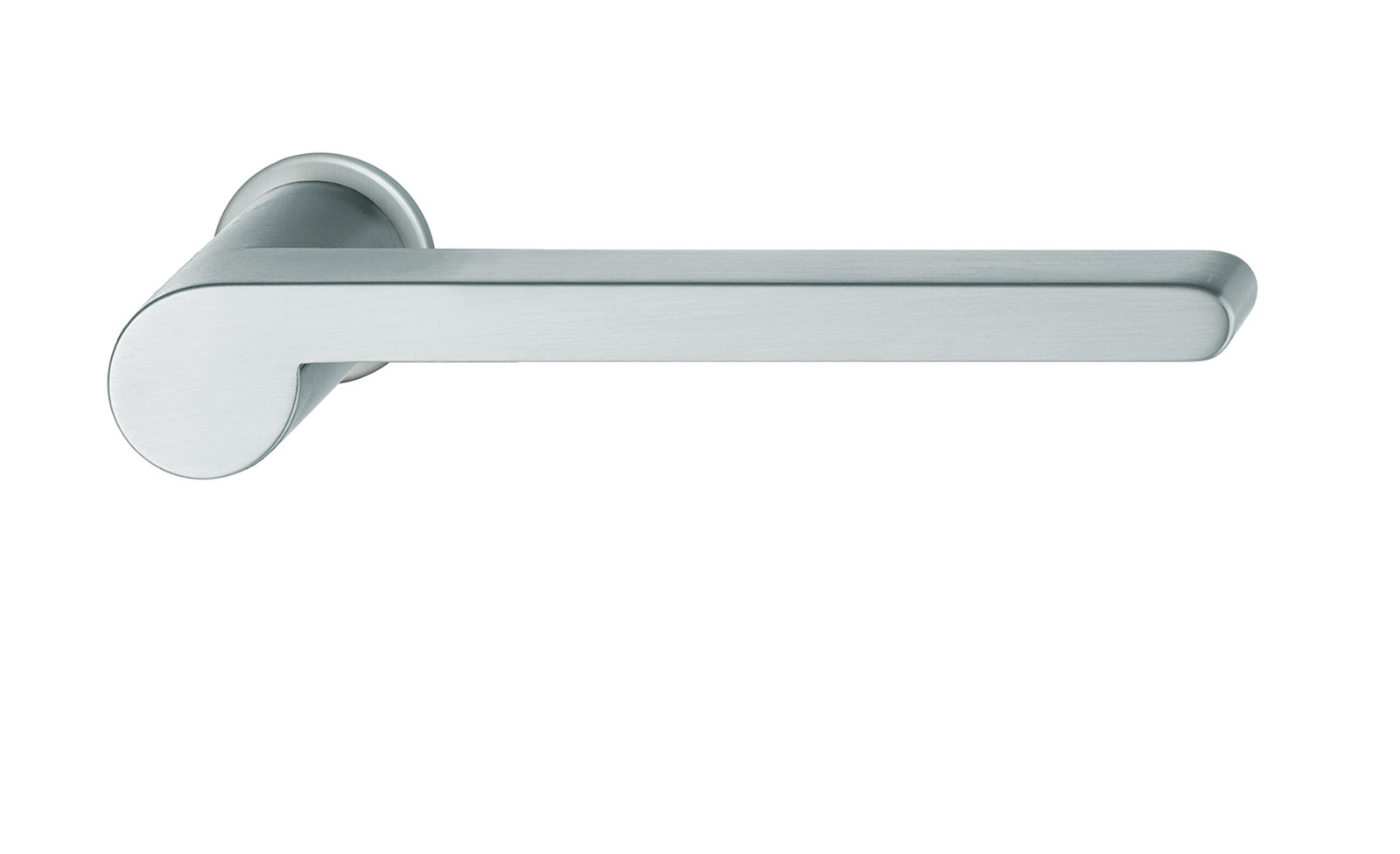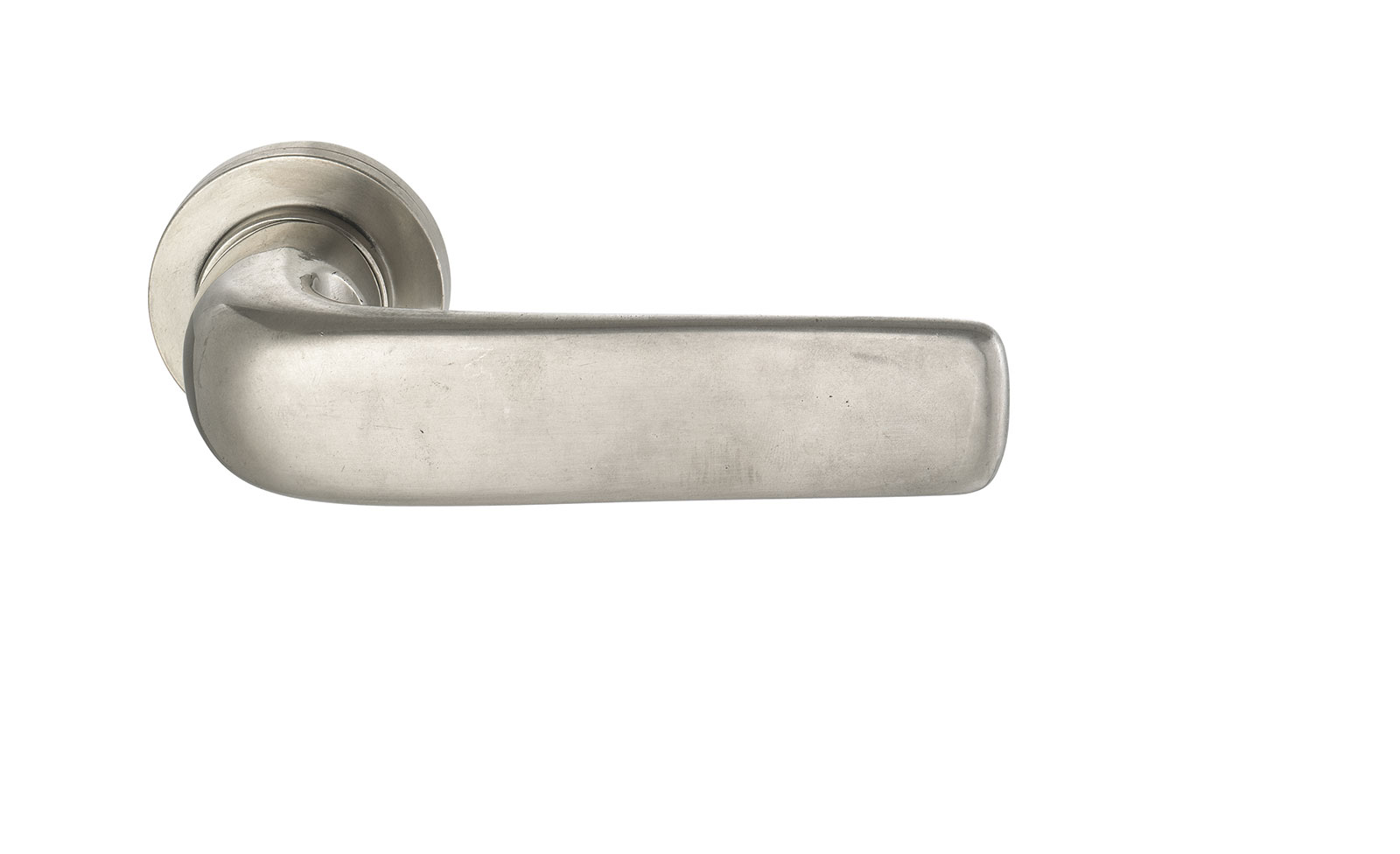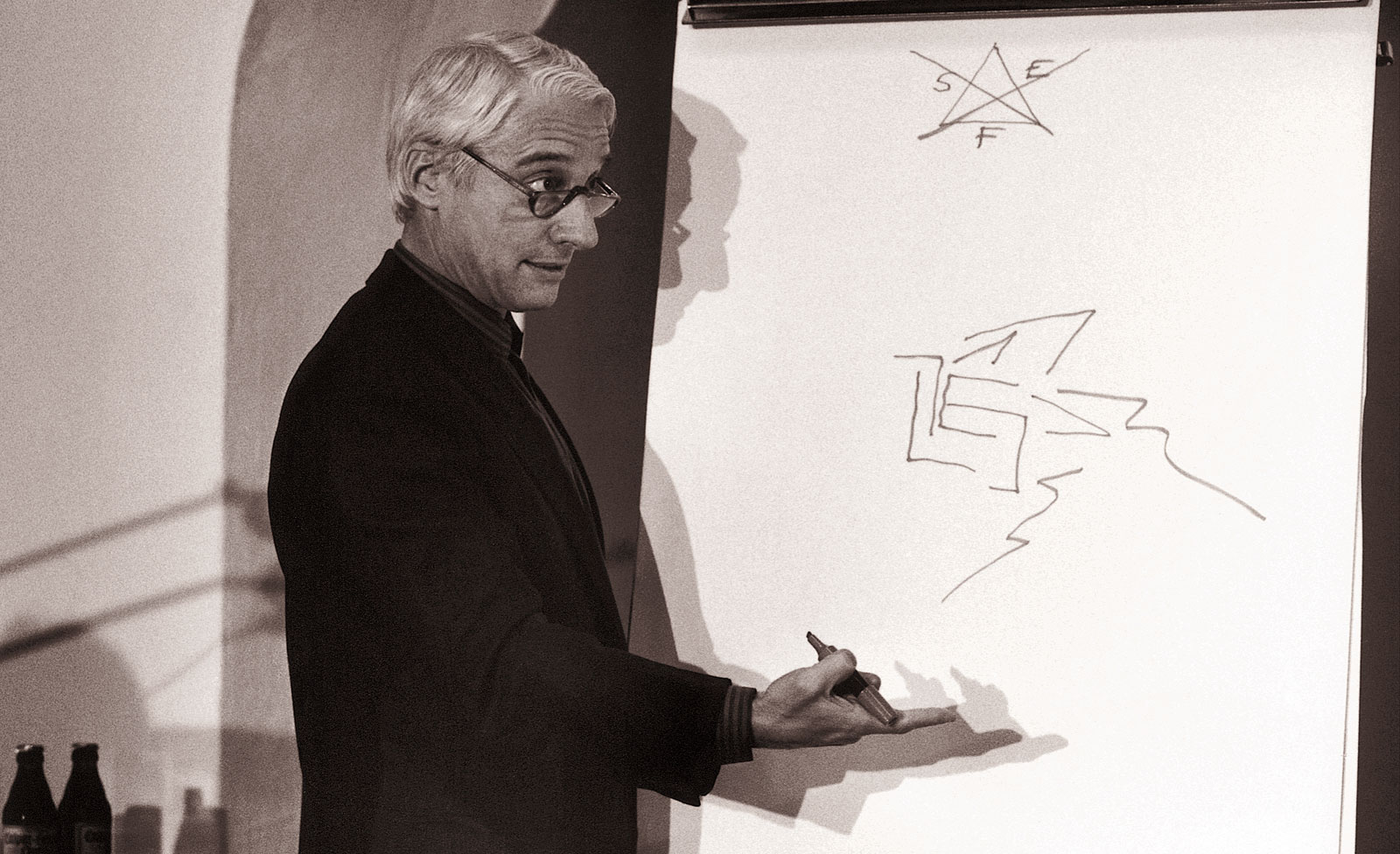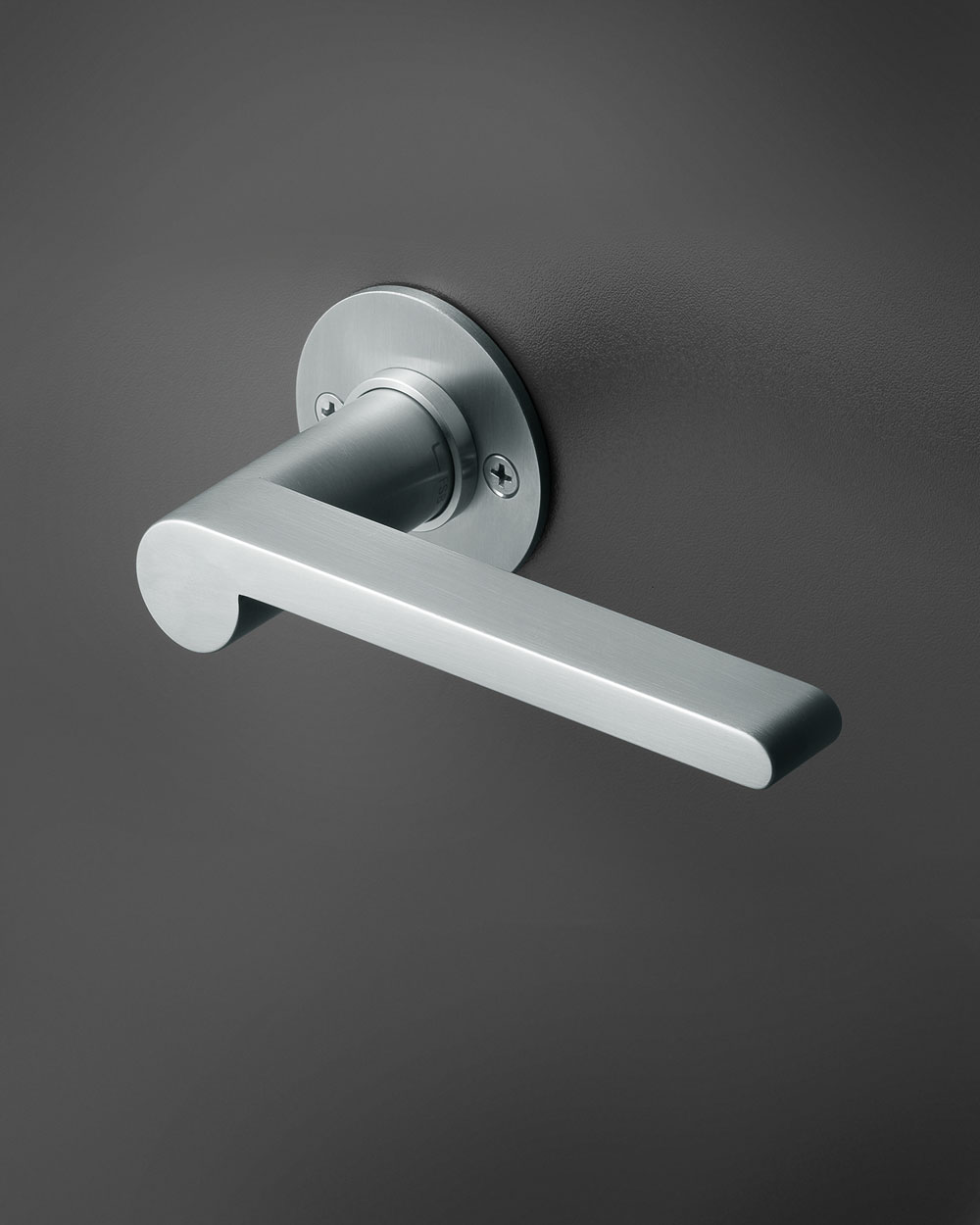Bauhaus Trilogy by FSB
Tribute to Gropius, Wagenfeld and Ludwig Mies van der Rohe
Bauhaus very much en vogue: everyone’s talking about the 1919-1933 period, years that profoundly altered the world of design. Bauhaus teachers and their disciples set about revolutionising the theory and practice of art, design and architecture exactly a century ago with ideas that were truly radical in part, giving rise to shapes imbued with clarity, pragmatism – and timeless quality. FSB demonstrates with its Bauhaus Trilogy that getting a handle on the Bauhaus is still possible in the most literal of senses.
Those who lent shape to the Bauhaus philosophy accorded top priority to every detail – including door handles. Three of the age’s leading exponents, Walter Gropius, Wilhelm Wagenfeld and Ludwig Mies van der Rohe, also designed handles. FSB has now issued its redesigns of their classic work as a Bauhaus Trilogy for 2019. The original blueprints have been judiciously re-interpreted and sensitively reworked to take account of modern building-engineering requirements.
The famous “Gropius Handle” FSB 1102 (redesigned by Alessandro Mendini) and the FSB 1021 model by Bauhaus disciple Wilhelm Wagenfeld (redesigned by Hartmut Weise) have now become a trilogy through the addition of lever handle FSB 1267.
The third Bauhaus director, Ludwig Mies van der Rohe, had his own design produced in a variety of forms for building projects in Germany from 1928 onwards.
The FSB 1267 product collection includes a model that is more than simply a replica of Mies van der Rohe’s original door handle, though: the new design embodies the formal thrust of its forebear whilst also equipping it for the requirements of contemporary architecture; factors such as fire-safety approval or returns to the door were not then on the agenda in the way they are today.
Van der Rohe developed a number of variants of his lever handle for his building projects, cases in point being Haus Tugendhat in Brno (1930), Haus Lemke in Berlin (1932) or Farnsworth House in Illinois (1945-51). FSB’s in-house designer Hartmut Weise sifted through these many variants, into all of which Mies had incorporated a defining “forefinger furrow”, and opted to use the handle for Haus Lemke as source material for his re-edition.
“Mies was well aware of the close link between a material and the patina that comes with use”, Hartmut Weise explains, “and he knew which stylistic means to adopt in order that, instead of becoming less good-looking through use and the wearing of edges, his models actually became more ‘beautiful’.”
Weise addressed himself to the lever’s ergonomic properties – the forefinger furrow that forms the transition on the inside of the neck or the way a rounded neck flowingly mutates into a flat, upright-oval grip. The edges in his design ensure its formal idiom remains clear and precise.
The forefinger furrow, which was very pronounced on the original door lever for Haus Lemke, has been reduced to a mere notion in the reworked model.
Its elegance and great articulacy make FSB 1267, now available in Aluminium, Brass and Bronze, a contender for classic status. This is a handle, after all, that marries aspiring design to low-profile looks.
The trilogy breathes further life into the captivation continuously exerted, and evolution undergone, by the Bauhaus’s design vocabulary over the past century and provides a means of literally grasping it.

